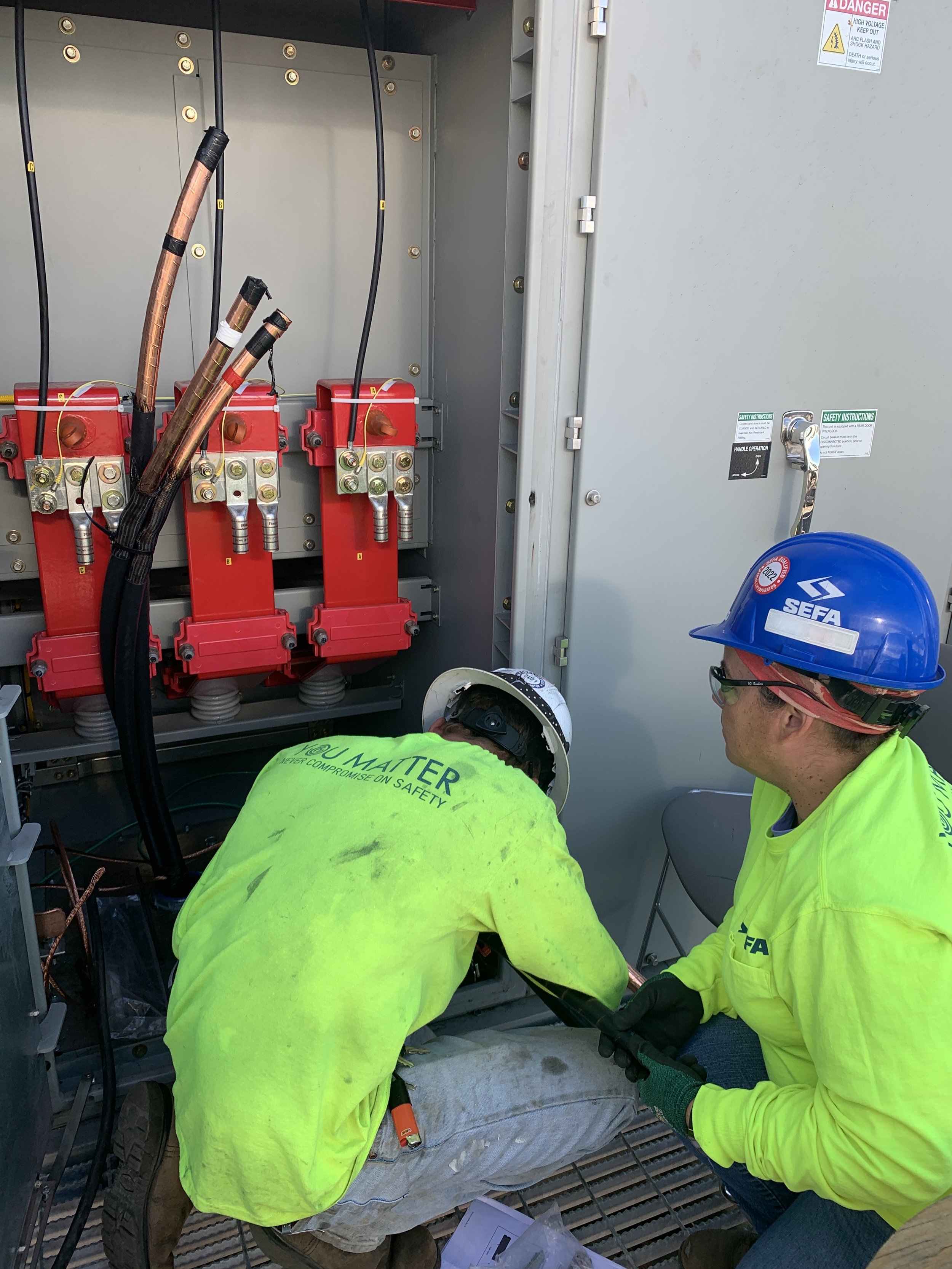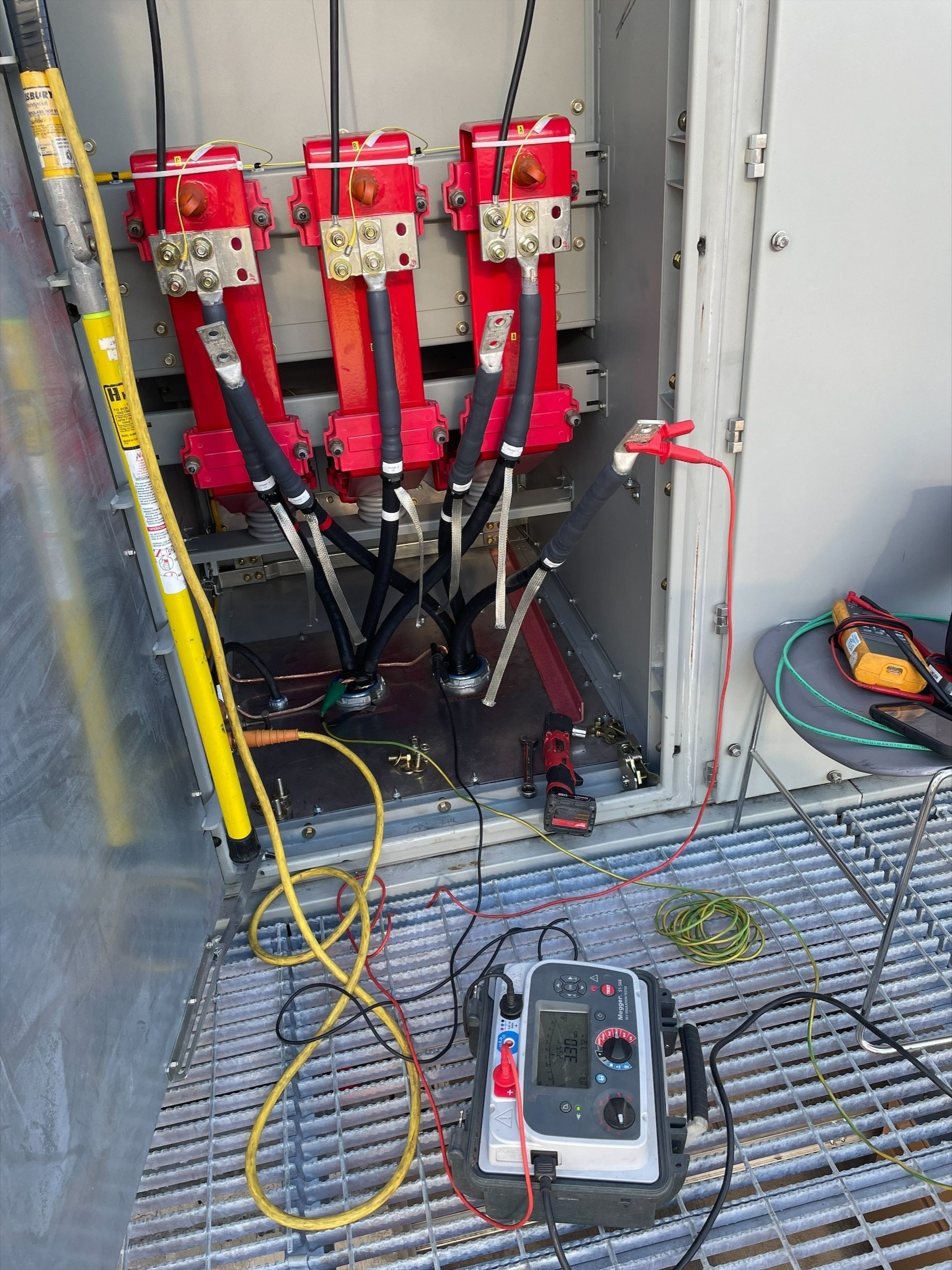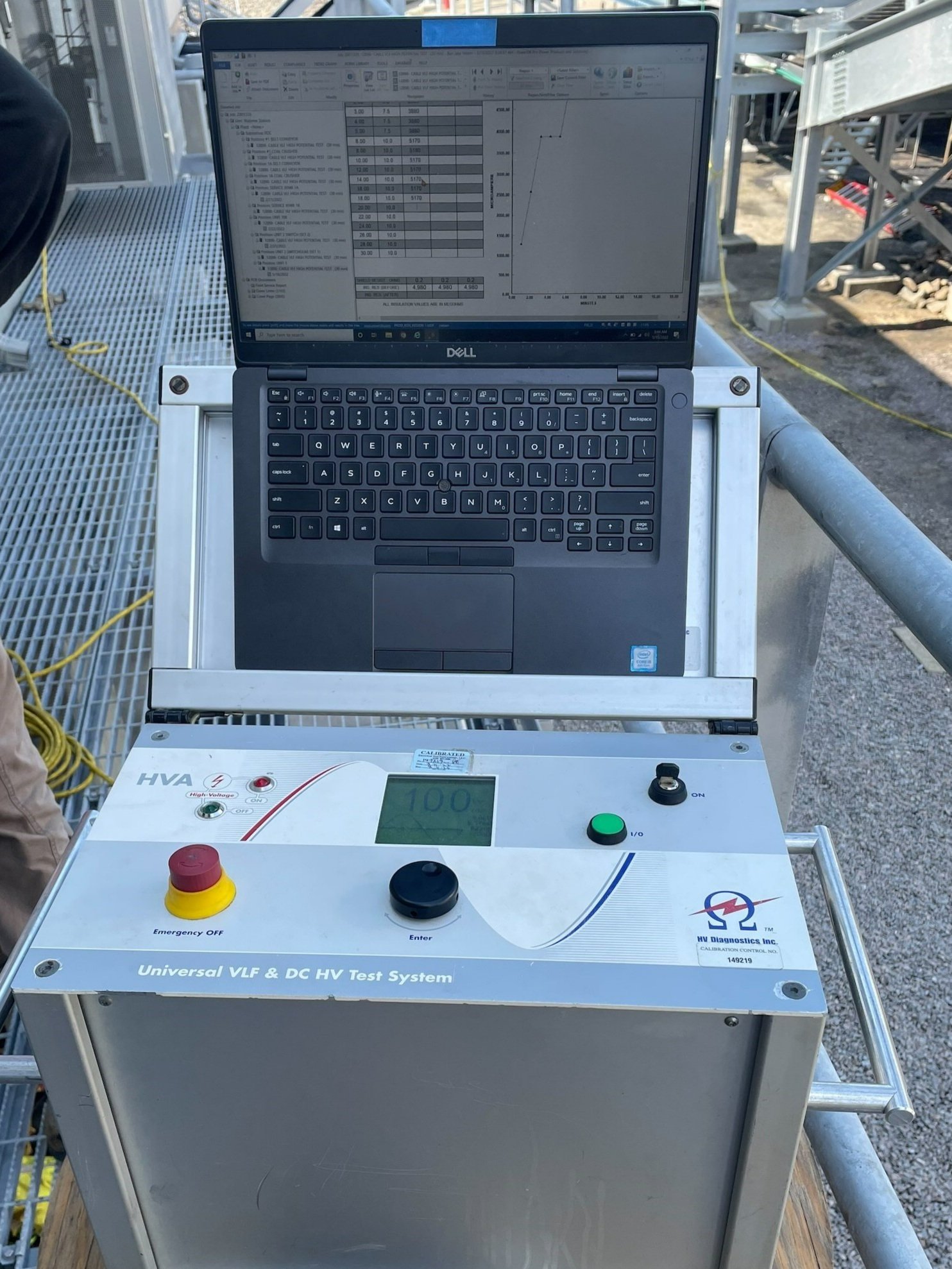Industrial Electrical Cable Installation Tools & Techniques





Installing industrial electrical cable is an orchestrated process, one that requires specialized skills to complete the work safely while preventing damage to the cable. As a key piece of industrial equipment, proper installation affects the safety and reliability of a facility’s power distribution system. As a product, industrial cable is expensive. Depending on the cable size, it can be quite heavy, stiff, and therefore difficult to handle and maneuver through cable tray or conduit. This overview highlights the techniques, tools, and teamwork for making sure an industrial cable pull goes smoothly.
Cable Pull Plan
A contractor’s first step is to develop a cable pull plan. Engineering documents specify the type of cable, and the contractor refers to the manufacturer’s specification sheet to identify “maximum pull tension” and “minimum bending radius.” Following these measurements is important for preventing damage during a cable pull. A cable pull plan also considers the length of the cable run and the number and location of bends in the cable tray or conduit.
Preparing for a Cable Pull
If the cable is to be placed in cable tray, pulleys and rollers are installed at vertical or horizontal bends to keep the cable rolling and help minimize drag and friction that might damage the cable. A rope is then threaded through the pulleys and over and under the rollers from the endpoint back to the beginning and attached to the cable at the cable reel. Tension is placed on the rope so that the pulleys, rollers, and cable tray can be inspected for hazards that would affect the cable pull.
Attaching the rope to the cable end involves a method referred to as “creating a serve.” This begins with removing the outer insulation on the cable to expose the conductors. The conductors are cut at staggered lengths to make it easier to pull the cable through the pulleys and rollers. Another method is a pulling grip that fits over the outside of the cable head. Known as a Kellum® grip, it holds the cable and helps prevents damage to the insulation. The rope is attached to the pulling grip.
Completing the Cable Pull
On longer, heavy pulls, a major asset is a reel roller. The reel roller turns the cable reel and helps the crew feed the cable while a cable tugger pulls the rope attached to the cable. Multiple cable tuggers can be used at the same time if needed and planned. Placing the tugger at a strategic location along the length of the pull is very important. Tension is required to pull the cable and is monitored using tensiometers located on the cable tugger. To further control tension, runs of cable may be looped out at predetermined locations. The tugger is then moved to pull the next run of cable. This routine continues until the cable reaches its destination point.
A successful cable pull relies on good safety and communication practices. One or two people are stationed at the tugger. Other team members are feeding the cable, stationed at critical areas to monitor progress, or walking along the cable head to assure there are no snags that would damage the cable, other cables that may already be in the tray, or the cable tray itself. Hand-held radios help the team maintain communication throughout the pull.
Final Termination of the Cable
Once the pull is complete, cable terminations and stress cone installations are completed by certified installers. Each task adheres to specific measurements and manufacturer requirements. The installer must also minimize the presence of contamination (moisture, oil, grease, or dirt) on the cable to prevent the potential tracking of stray voltages.
Industrial Cable Quality Assurance and Testing
The cable is tested before and after installation, and before the cable is connected to any breaker or bus. A Megger test is performed when the cable is first received to make sure the cable was not damaged in transit. A second Megger test is performed after the pull to make sure the cable was not damaged during installation.
For medium voltage cable, before the cable is energized, a third-party testing company completes high-potential (high-pot) testing. High-pot testing checks the entire length of the cable for any breakdown in the insulation due to manufacturer defects or damage caused by cable pulling. This testing includes commissioning the cable for its intended purpose. All test results are included in the contractor’s project close-out package.
